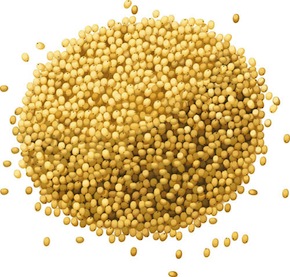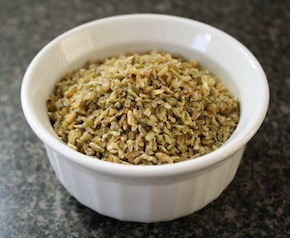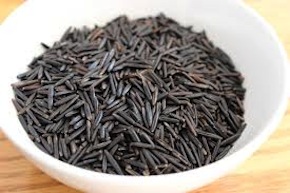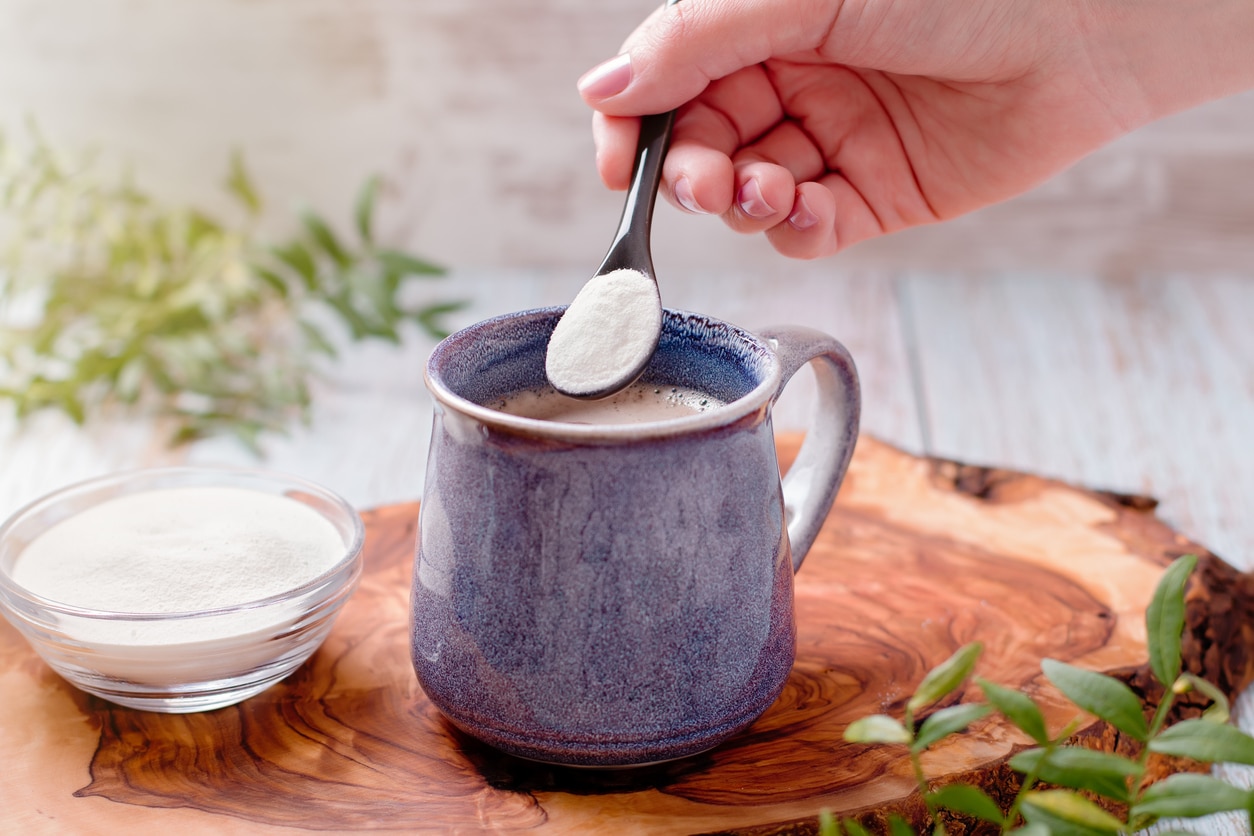Grains don’t seem to be anyone’s friend lately, what with the gluten-free frenzy coming out with two gloves swinging (making the food industry about 7 billion dollars this year). Gluten seems to be blamed for everything these days from digestive issues, to ADHD to memory problems. That’s a bad rap.
But enough about gluten. The fact is, there are so many more whole grains to choose from besides wheat, rye and barely that it is time to expand your horizons and get over thinking there are no more good grains.
I have touted the benefits of whole grains for a long time – those grains that have the bran, sperm and endosperm still intact. Whole grains are high in fiber, high in essential oils, high in b-vitamins and fill you up and keep you satisfied. Common examples of whole grains you might eat everyday are brown rice, 100% whole wheat (make sure it says the word WHOLE when it comes to wheat) and now even quinoa (pronounced keen-wah). If you are learning to leave refined grains behind and want to expand your horizons, try these three whole grains that you might not have tried yet:
Millet
If you are gluten-free you will be happy to know that your brown rice and quinoa have company – and competition. Millet is another gluten-free whole grain, similar in texture to quinoa but with a slight crunch to it. Millet is high in protein, magnesium and a great anti-inflammatory grain. The nice thing about millet is its versatility. Millet can be used in pilafs, add to soups or used as a breakfast cereal, just like oatmeal (this is how I like it best). Click HERE to try my friend Pamela Salzman’s recipe for Warm Coconut Millet Porridge – warming, nutritious and delicious!
Freekah
Okay, this one has gluten, but Freekah is considered an ancient grain, meaning that its makeup has not been altered since it came to being a few thousand years ago and it has a lower gluten content than traditional wheat. If you are gluten sensitive, you might actually be able to tolerate this grain, if you have celiacs disease you cannot. In any event, Freekah is a nutty, chewy grain that falls somewhere in between two cousins – a little less chewy than farro and a bit bigger than bulgur. Freekah is 3 times higher in protein than brown rice and is full of vitamins, minerals and phytonutrients. It cooks up quickly and is a perfect grain for pilafs or in soups. Try this recipe for Roasted Sweet Potato Stew with Freekah and Kale by clicking HERE.
Wild Rice
I have a soft spot for wild rice – being that my mom and half my relatives are from Minnesota. I grew up familiar with this aquatic grass, knowing that wild rice was grown there, and I’m glad I did. Wild rice is nutty and chewy and seems a bit on the exotic side to me (could that be because of its high price?). It is not the cheapest grain (blame this on how it is processed. Learn more about that by clicking HERE). For that reason I usually make wild rice pilafs with half wild rice and half brown basmati rice. I posted this recipe last year, a Brown and Wild Rice Pilaf with Greens that would be perfect for this time of year. Click HERE to get this warm and satisfying recipe.
There are many other whole grains for you to try – amaranth, teff, sorghum, all different kinds of rice (black, red, long grain, short grain, basmati, jasmine, etc.), polenta, barley, farro – and the list goes on. I want to know what other whole grains you have tried and what you cook with them. Leave your comments below!
Did you like this post?
Sign up for my free newsletter
and receive my FREE e-book Ten Nourishing Secrets today!





